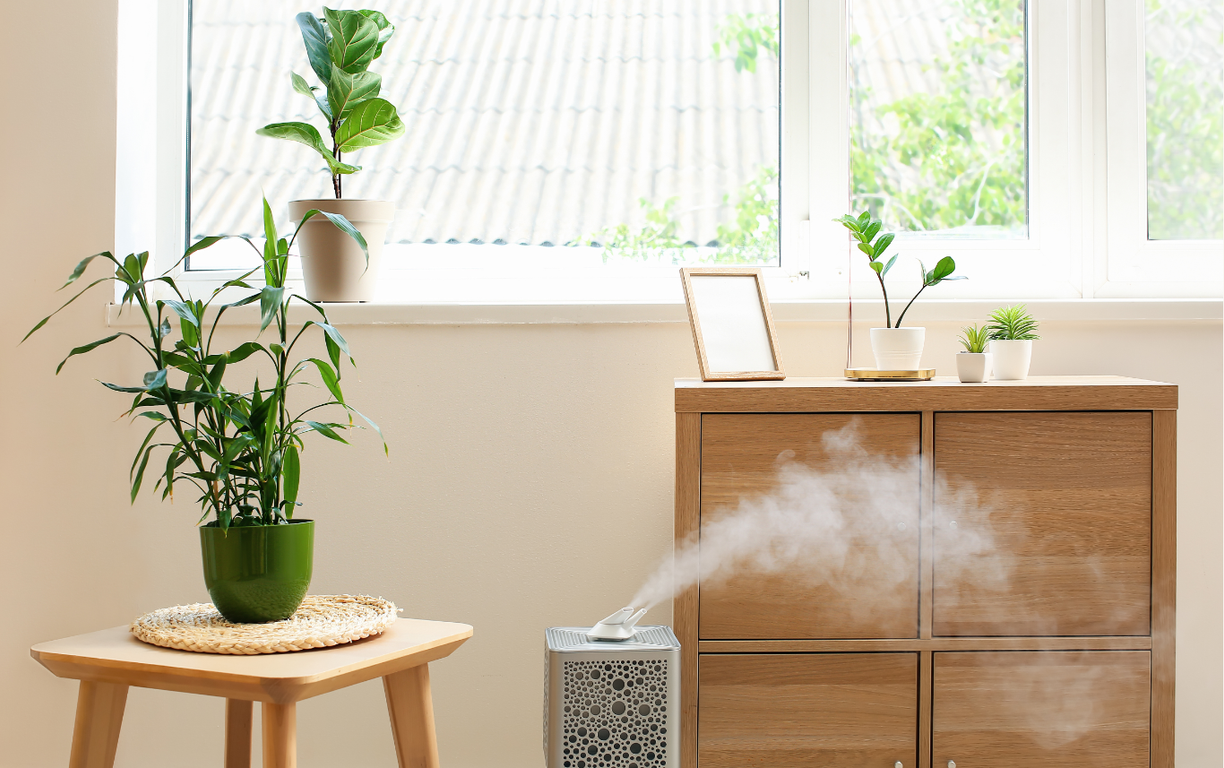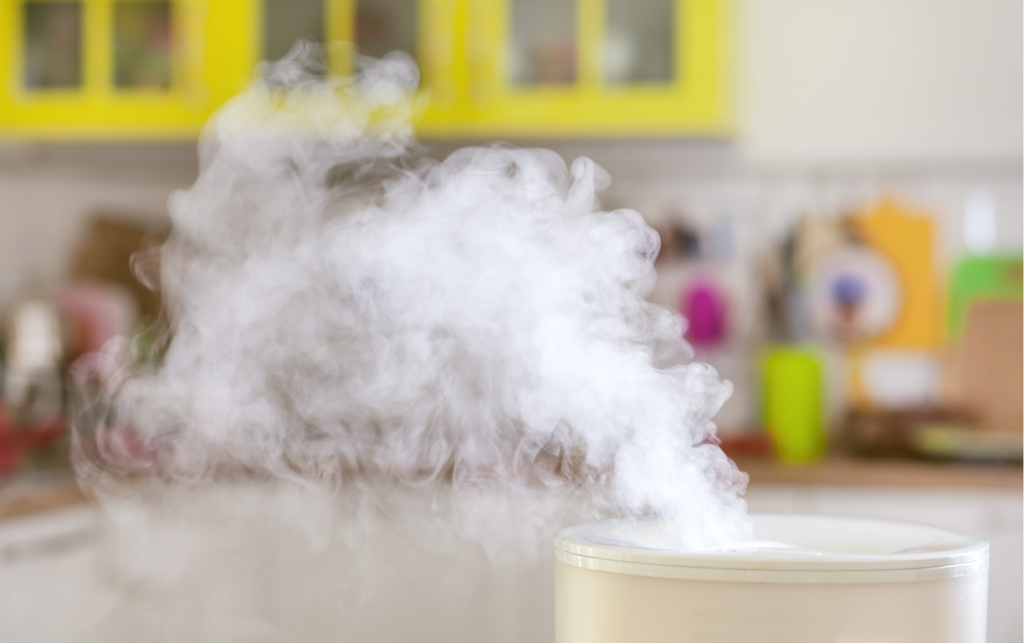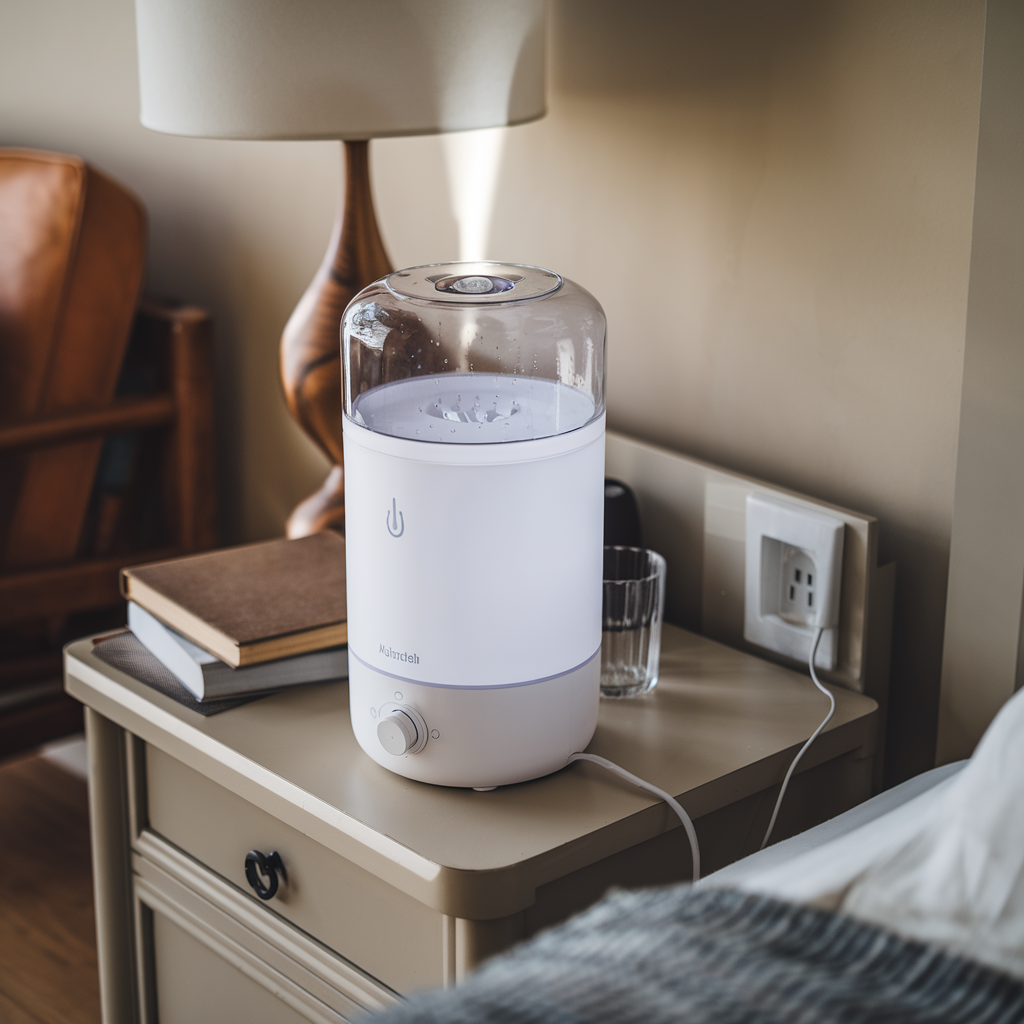Physical Address
304 North Cardinal St.
Dorchester Center, MA 02124
Physical Address
304 North Cardinal St.
Dorchester Center, MA 02124

Humidifiers can be a game-changer for maintaining a comfortable indoor environment, especially during dry seasons. However, placing them in the wrong spots can lead to more harm than good. I've learned that knowing where not to put a humidifier is just as important as knowing where to place one.
In this article, I’ll share some key areas to avoid when setting up your humidifier. From potential dam
Humidifiers can be a game-changer for maintaining a comfortable indoor environment, especially during dry seasons. However, placing them in the wrong spots can lead to more harm than good. I’ve learned that knowing where not to put a humidifier is just as important as knowing where to place one.
In this article, I’ll share some key areas to avoid when setting up your humidifier. From potential damage to your home to health concerns, understanding these pitfalls will help you make the most of your humidifier while keeping your space safe and cozy. Let’s dive in and discover the best practices for optimal humidifier placement.

Humidifiers add moisture to the air, improving comfort and reducing health issues related to dry air. Various types exist, including cool mist, warm mist, ultrasonic, and evaporative models, each designed for specific environments and uses.
Humidifiers provide several benefits:
Proper use of humidifiers contributes to a balanced indoor atmosphere. However, incorrect placement can lead to problems. For instance, avoiding locations near walls, electronics, and windows minimizes risks associated with excess moisture, such as mold growth and damage to valuable items.
Proper humidifier placement significantly impacts indoor air quality and overall comfort. Understanding where not to place a humidifier minimizes risks and ensures effective humidity control.
Mist dispersion influences air quality. Placing a humidifier too close to walls, furniture, or electronic devices may cause moisture buildup. Excess moisture creates an environment for allergens like dust mites and mold. I recommend keeping humidifiers at least a few feet away from surfaces to maintain optimal airflow and prevent damp conditions.
Incorrect humidifier placement increases mold risk. High humidity near walls or in enclosed spaces can lead to mold growth. Mildew thrives when humidity levels exceed 60%. I advise checking humidity levels regularly and keeping humidifiers away from corners, basements, and other areas prone to moisture retention to avoid health issues related to mold exposure.

Identifying the right areas for a humidifier is essential for optimal performance and safety. Here are specific locations where humidifiers should not be placed.
In bedrooms, avoid placing a humidifier directly on the floor or near bedding. A humidifier positioned too close to beds can lead to excessive moisture on sheets and pillows, creating an ideal environment for dust mites and mold. It’s better to place the unit at least 2-3 feet away from any fabric surfaces. Additionally, steer clear of positioning a humidifier near electrical outlets or electronic devices, as excessive humidity can damage these items.
Humidifiers in bathrooms are generally unnecessary since these areas already contain high moisture levels. Placing a humidifier here can lead to excessive dampness, promoting mold growth and compromising indoor air quality. If humidity control is needed, consider using exhaust fans instead. If choosing to use a humidifier, keep it away from shower areas where water may splash, ensuring it doesn’t locate near tiles or walls that retain moisture.
In basements, avoid using a humidifier in closed-off areas or corners. Stagnant air encourages mold growth, while placing a humidifier in these spots creates unwanted humidity buildup over time. Instead, position the humidifier in well-ventilated areas, allowing for adequate airflow. Regularly monitor humidity levels to prevent exceeding the 30-50% range, which can lead to health issues and property damage.
Incorrect humidifier placement can result in significant damage to both furnishings and health. Understanding these consequences helps ensure a safe and comfortable environment.
Placing a humidifier too close to furniture may lead to excessive moisture exposure. Wooden furniture, flooring, and cabinetry can warp or swell when subjected to high humidity levels. Upholstered items also stand at risk; dampness can promote mildew and unpleasant odors. Specialty items like musical instruments that require stable humidity levels can suffer damage and misalignments. It’s crucial to keep a humidifier at least 3 feet away from any furnishings to mitigate these risks.
Improper humidifier placement can create conditions favorable for mold growth. When positioned near corners or enclosed spaces, stagnant air may lead to increased humidity levels, aggravating respiratory issues and allergies. Dust mites thrive in high-moisture environments, exacerbating asthma and other allergic reactions. Additionally, over-humidification contributes to dampness that encourages bacteria and virus proliferation. Monitoring humidity levels with a hygrometer helps maintain a balanced environment, ideally between 30-50% relative humidity, reducing these health risks.
Choosing the right spot for your humidifier is essential for maintaining a healthy and comfortable environment. I’ve learned that placing it incorrectly can lead to excess moisture and potential damage to my home.
Avoid corners and enclosed spaces to prevent stagnant air and mold growth. Keeping the unit away from walls and furniture helps ensure proper airflow and minimizes risks to valuable items.
Regularly monitoring humidity levels is crucial to achieving that sweet spot between comfort and safety. By following these guidelines I can enjoy the benefits of a humidifier without the downsides.